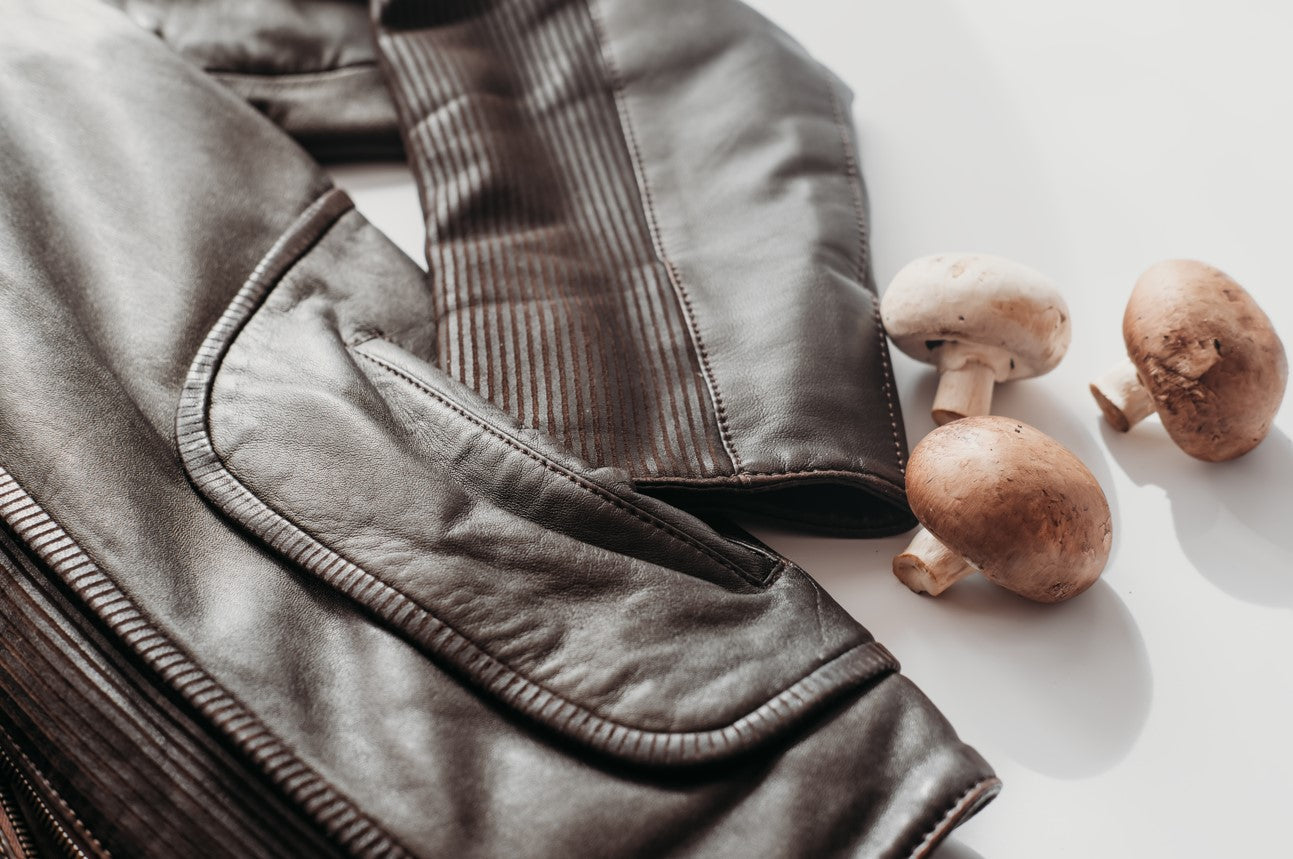
How to Wash a Leather Jacket in the USA in 2026: The Ultimate Care Guide
Leather jackets have always been a timeless symbol of confidence, attitude, and enduring style. Whether it’s a rugged biker jacket, a sleek bomber, or a chic suede piece, leather jackets never go out of fashion. However, owning one comes with responsibility—maintaining its texture, shine, and fit requires proper care. In 2026, as sustainability and smart fabric care gain traction, the question on every leather owner’s mind remains: how do you wash a leather jacket without ruining it?
Let’s dive into a detailed, step-by-step guide tailored for leather jacket owners in the USA, blending traditional wisdom with the latest cleaning technologies and sustainable care practices. Before this, explore variety of Leather Jackets in USA at Cuir Jackets here.
1. Understanding Leather: Why You Should Never Just “Wash” It
Before you even think about water or detergent, it’s essential to understand leather itself. Leather isn’t a fabric—it’s skin, treated and preserved through tanning. Unlike cotton or polyester, it absorbs moisture, and improper cleaning can lead to cracking, fading, or even permanent damage.
In 2026, most leather jackets in the U.S. are crafted from premium cowhide, lambskin, or vegan leather (made from plant-based or lab-grown materials). Each type reacts differently to moisture and cleaning agents, so the cleaning process must be adapted accordingly.
Key rule: Never toss your leather jacket in a washing machine unless the label explicitly says it’s safe (which is rare).
2. Check the Label First: The 2026 Smart Tag Advantage
Thanks to innovations in 2026, many leather jackets now come with smart care labels—QR codes or NFC chips that, when scanned with your phone, provide personalized cleaning instructions based on your jacket’s exact material and finish. If your jacket includes one, use it!
If not, look for the traditional tag. You might see:
- “Professional leather clean only” – which means dry cleaning by a leather expert.
- “Spot clean only” – which means you can use a damp cloth and mild cleaner for small stains.
- “Do not tumble dry” – which applies to nearly all leather types.
Never ignore these instructions; they exist to save your jacket.
3. Step-by-Step: How to Clean Your Leather Jacket at Home
Even in 2026, many Americans prefer home cleaning methods—especially with modern leather-safe products available online and in stores like Target, Walmart, and Amazon. Here’s how to safely do it yourself.
Step 1: Gather Supplies
You’ll need:
- A soft microfiber cloth or sponge
- A leather cleaner (or a homemade mix of mild soap and water)
- A conditioner (or natural alternative like coconut oil for genuine leather)
- A soft brush (optional)
- A hanger and open space for drying
Avoid alcohol, bleach, or ammonia-based products—they strip the color and natural oils from leather.
Step 2: Dust and Wipe
Start by using a dry cloth to gently remove surface dust or dirt. For stubborn dirt in seams or stitching, use a soft brush. This prevents scratching during cleaning.
Step 3: Spot Clean the Stains
Dip a corner of your microfiber cloth in a solution of warm water and mild dish soap (about one teaspoon per two cups of water). Gently rub the stained area in circular motions—never soak it.
For oil or grease stains, sprinkle a bit of cornstarch or baking soda on the area, let it sit overnight, and brush it off the next day.
Pro Tip (2026 Edition): Many American homeowners now use eco-friendly enzyme cleaners that target specific stains (like sweat or food marks) without harming the leather’s finish.
Step 4: Wipe and Dry
After cleaning, use a clean, damp cloth to wipe away any soap residue. Then, pat dry with a towel. Hang the jacket in a cool, ventilated room, away from direct sunlight or heat sources like radiators or dryers.
Never use a hairdryer—it can cause leather to stiffen or crack.
Step 5: Condition the Leather
Conditioning is the secret to long-lasting leather. Once your jacket is completely dry, apply a small amount of leather conditioner using a soft cloth. This restores natural oils, keeps it supple, and prevents cracks.
In 2026, many U.S. consumers prefer biodegradable leather conditioners made with avocado oil or aloe vera, which hydrate leather naturally while being eco-conscious.
4. Can You Machine Wash a Leather Jacket in 2026?
Technically, some new-generation washable leather jackets (introduced by American brands like Wilsons Leather and AllSaints) are machine-friendly. However, this only applies to specific finishes and synthetic leathers designed for water resistance.
If your label allows it:
- Use a gentle cycle with cold water.
- Add a leather-safe detergent (available in 2026 under eco brands like Seventh Generation Leather Care).
- Place your jacket inside a laundry bag to reduce friction.
- After washing, air dry it naturally—never use a dryer.
Still, this should be your last resort—most genuine leather jackets should always be hand-cleaned or professionally treated.
5. When to Take It to a Professional Cleaner
Some issues can’t be fixed at home:
- Ink stains
- Mold or mildew
- Deep oil marks
- Cracked or peeling finishes
In such cases, professional leather cleaning is worth every penny.
In 2026, many U.S. leather repair shops offer AI-assisted restoration, where they analyze your jacket’s damage digitally before treatment. Services like The Leather Laundry (NYC) or Rave FabriCARE (Scottsdale, AZ) even provide mail-in cleaning kits, making care more convenient than ever.
6. Drying and Storing Your Leather Jacket the Right Way
Proper drying and storage determine how long your jacket lasts.
Drying Tips:
- Always dry naturally—never under direct sun or with artificial heat.
- Stuff the sleeves with tissue paper to help maintain the shape.
Storage Tips:
- Use a padded hanger to prevent shoulder creases.
- Store in a breathable garment bag (avoid plastic).
- Keep in a cool, dry place—not your basement or attic.
- Once a season, air it out to prevent moisture buildup.
7. Bonus: Caring for Vegan and Faux Leather in 2026
Vegan leather—crafted from materials like mushroom mycelium, cactus, or pineapple leaf—is growing rapidly in the U.S. market. These materials mimic real leather but have different care needs.
For vegan or faux leather:
- Use mild soap and warm water for cleaning.
- Avoid heavy oils—use water-based conditioners.
- Store away from direct sunlight to prevent fading or peeling.
Modern faux leathers in 2026 are more breathable and durable than ever, but they still benefit from gentle care.
8. Preventative Maintenance: Keeping It Clean Longer
- Apply a leather protector spray before each winter. It guards against salt, snow, and stains.
- Avoid wearing your jacket in heavy rain. If it gets wet, blot it immediately and let it air dry.
- Clean small stains quickly. The longer they sit, the harder they are to remove.
- Rotate your jackets. Frequent use without rest leads to faster wear.
9. Eco-Friendly Cleaning Trends in 2026
Sustainability is shaping how Americans care for their leather goods. In 2026, eco-conscious consumers prefer:
- Plant-based leather cleaners that minimize toxins.
- Repair over replacement—re-dyeing and refinishing old jackets.
- Water-saving sprays that clean without soaking.
- Community leather care workshops across cities like Portland, Austin, and Denver.
The shift toward mindful maintenance ensures your jacket not only looks great but also supports a greener planet.
10. Final Thoughts
Learning how to wash and care for your leather jacket in 2026 is all about balance—respecting traditional craftsmanship while embracing modern cleaning innovations. Whether you own a vintage biker or a futuristic smart-leather bomber, proper cleaning will help it age gracefully.
Remember: a well-kept leather jacket isn’t just an outfit—it’s a legacy piece that tells your story, year after year.
So, the next time your leather jacket needs a little TLC, skip the washing machine, reach for your conditioner, and give it the care it deserves. After all, true style never fades—it just gets better with time.



Leave a comment
This site is protected by hCaptcha and the hCaptcha Privacy Policy and Terms of Service apply.